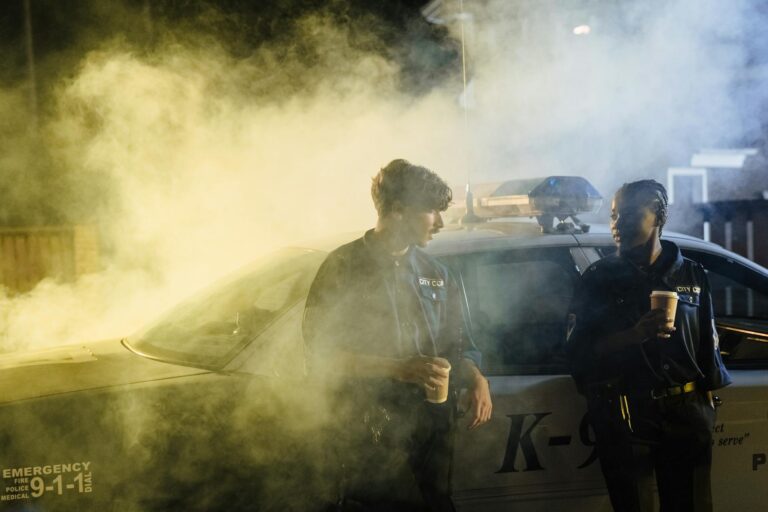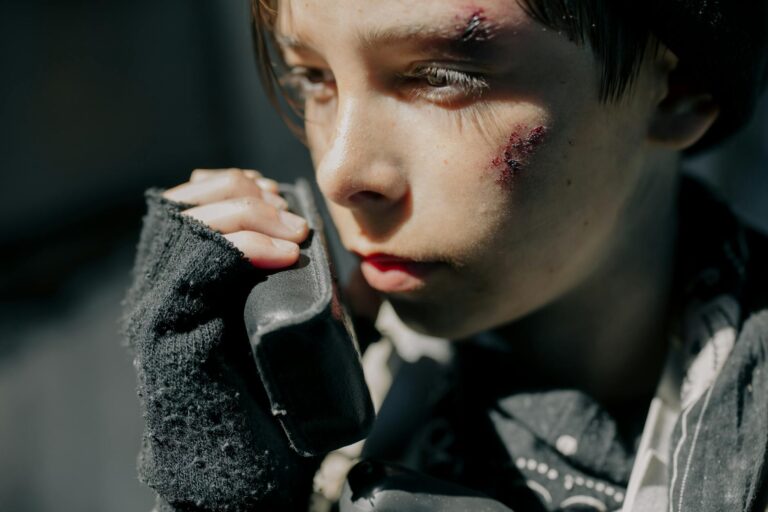Teen Dies in Dangerous ‘Dusting’ TikTok Challenge
When Viral Trends Turn Deadly
You know how teens are always looking for the next big thing online? Well, this time it ended in tragedy. A 15-year-old girl from Arizona lost her life trying the so-called “dusting” challenge—another one of those dangerous TikTok trends that seem harmless until they’re not.
Her dad, Aaron O’Rourke, put it bluntly: “She kept saying she wanted to be famous. But not like this. Never like this.” And honestly, that hits hard. Because how many kids out there are chasing likes and views without realizing the stakes?
What Exactly Is This ‘Dusting’ Thing?
Okay, so “dusting” is basically huffing aerosol sprays—like compressed air or cleaning products—to get high. Not new, really. People have been doing dumb stuff with household chemicals for ages. But here’s the thing: TikTok’s algorithm gave it a second life, packaging it as a cool challenge instead of what it really is—a one-way ticket to the ER.
Remember the Tide Pod nonsense? Or that choking game that was going around a few years back? Same deal. Teens see others doing it, think it’s edgy or funny, and before you know it, someone’s not breathing.
A Life Cut Short
The girl—let’s call her Sarah, though that’s not her real name—was your typical bright kid. Creative, full of dreams, the kind who thought she’d make it big on social media. Then she tried this challenge with friends. Just once. That’s all it took.
One minute she’s laughing, the next she’s on the floor. Paramedics got there fast, but the damage was done. No oxygen to the brain for who knows how long. Three days later, she was gone. And her family? Left picking up the pieces of a life that shouldn’t have ended this way.
Why It’s So Dangerous
Here’s the science part, but I’ll keep it simple: When you inhale that crap, it basically kicks oxygen out of your blood. Your heart freaks out. Sometimes it just stops. Other times you suffocate slowly. Worst part? It can kill you the first time you try it. No second chances.
And get this—over 600,000 teens admitted to huffing stuff in 2021 alone. That’s like the entire population of Boston deciding to play Russian roulette with spray cans.
Social Media’s Dark Side
Look, I’m not saying TikTok is evil. But their algorithm? It’s like a dopamine slot machine that sometimes pays out in dead kids. Sure, they ban harmful content—after it’s already gone viral. By then, the damage is done.
Dr. Lisa Moreno—she works with teens—put it best: “These platforms are designed to hook kids, but nobody’s watching the hooks are poisoned.” Strong words, but can you blame her?
What Parents Can Do
First, don’t panic. But do pay attention. If your kid suddenly smells like chemicals or has a stash of air dusters under the bed? Red flag. And talk to them—not in a “drugs are bad, mmkay?” way, but for real.
Some practical stuff:
- Actually look at what they’re watching. Not spy, just… be aware.
- Explain how algorithms work. “This isn’t popular—it’s just designed to piss you off or scare you.”
- Ask them: “Would you jump off a bridge if TikTok told you to?” (Okay, maybe phrase it better.)
Are the Platforms Doing Enough?
TikTok says they’re cracking down. They’ve got these automated systems that supposedly catch dangerous content. But let’s be real—any teen with half a brain can get around filters. Remember when they had to block #seafood after the Tide Pod thing? Yeah.
Some politicians are making noise about holding platforms accountable. Don’t hold your breath, though. These things move slower than a DMV line.
Final Thoughts
At the end of the day, Sarah’s story isn’t just another cautionary tale. It’s about how we—parents, platforms, society—failed to protect kids from their own curiosity. Her dad’s right: fame isn’t worth dying for. But try telling that to a 15-year-old chasing likes.
What You Can Do Right Now
Share this. Not for clicks, but because someone’s kid might be next.
Report dangerous crap when you see it. Yeah, it feels like whack-a-mole, but it’s something.
Need help? Poison Control (1-800-222-1222) or SAMHSA’s hotline (1-800-662-HELP) actually answer the phone.













One thought on “Teen Dies in Dangerous ‘Dusting’ TikTok Challenge”